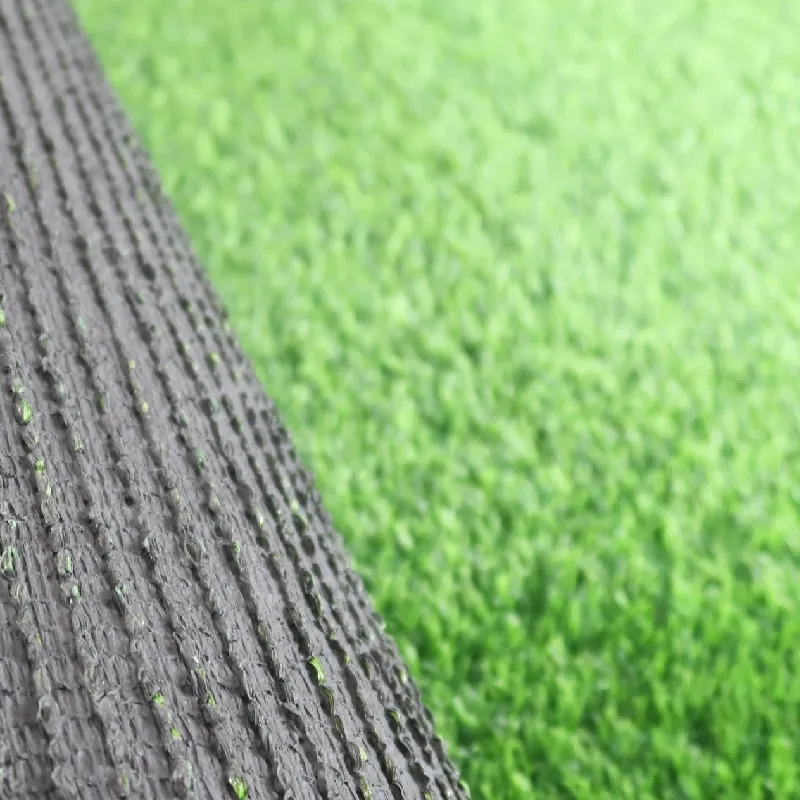
- Afrikaans
- Arabic
- Belarusian
- Bengali
- Czech
- Danish
- Dutch
- English
- Esperanto
- Estonian
- Finnish
- French
- German
- Greek
- Hindi
- Hungarian
- Icelandic
- Indonesian
- irish
- Italian
- Japanese
- kazakh
- Rwandese
- Korean
- Kyrgyz
- Lao
- Latin
- Latvian
- Malay
- Mongolian
- Myanmar
- Norwegian
- Persian
- Polish
- Portuguese
- Romanian
- Russian
- Serbian
- Spanish
- Swedish
- Tagalog
- Tajik
- Thai
- Turkish
- Turkmen
- Ukrainian
- Urdu
- Uighur
- Uzbek
- Vietnamese
artificial grass in football stadiums
Dec . 16, 2024 14:39 Back to list
The Rise of Artificial Grass in Football Stadiums
In recent years, the use of artificial grass in football stadiums has become increasingly prominent, as clubs and organizations seek sustainable and cost-effective solutions to enhance their playing surfaces. The evolution of synthetic turf technology has paved the way for this transition, offering numerous advantages while also sparking debates regarding its impact on the game of football.
Historically, natural grass has been the traditional surface for football, celebrated for its aesthetic appeal and natural feel. However, the upkeep of natural grass fields can be notoriously challenging. Factors such as weather conditions, heavy foot traffic, and pest infestations can lead to inconsistent playing conditions, which can influence the outcome of matches. In contrast, artificial grass provides a more durable and reliable alternative, capable of withstanding various weather elements while maintaining its quality throughout the playing season.
One of the most significant benefits of artificial grass is its low maintenance requirements. Unlike natural grass, which demands regular mowing, watering, fertilizing, and pest control, synthetic turf requires minimal upkeep. This aspect is particularly attractive to clubs in regions where maintaining a natural field can be cost-prohibitive and labor-intensive. By investing in artificial grass, teams can allocate their resources more efficiently, directing funds toward player development, facilities, and other crucial areas.
Moreover, artificial grass allows for increased usage of the playing field. Many stadiums often host multiple events beyond football, such as concerts and other sports. The durability of synthetic turf enables it to endure heavy use without the wear and tear commonly seen in natural grass fields. This versatility can lead to additional revenues for clubs, as they can maximize the utility of their facilities for various functions throughout the year.
The development of artificial grass has advanced significantly over the last few decades. Modern synthetic turf systems feature advanced drainage capabilities, realistic grass textures, and infill materials that simulate the feel of natural grass. With these enhancements, players often report minimal differences between the two surfaces in terms of playability and performance. Such improvements have encouraged clubs to adopt artificial grass in their stadiums, particularly in regions where adverse weather conditions can hinder the growth of natural turf.
artificial grass in football stadiums

However, the increased use of artificial grass is not without controversy. Critics argue that synthetic surfaces can lead to a higher risk of injury, particularly in terms of joint and muscle strains. The harsher surface may increase friction, potentially leading to abrasions or other injuries that players might not typically encounter on natural grass. In response, manufacturers have worked diligently to address these concerns, incorporating softer materials and advanced shock-absorbing technologies to create safer playing environments.
Another point of contention revolves around the environmental impact of artificial grass. The production and disposal of synthetic materials raise concerns regarding sustainability and ecological harm. While many manufacturers are now producing recyclable options and incorporating more environmentally friendly materials, the debate remains active among eco-conscious stakeholders in the football community.
Furthermore, the visual perception of artificial grass can occasionally divide opinions among fans. Some purists argue that football should always be played on natural grass, equating the quality of play and aesthetics to the tradition of the sport. There remains a group of traditionalists who believe that the authenticity of the game is compromised when played on synthetic surfaces.
As the trend continues toward the widespread use of artificial grass in football stadiums, it illustrates a broader movement in sports toward efficiency, sustainability, and innovation. Clubs and organizations are increasingly recognizing the benefits that synthetic turf can provide, balancing cost savings and practicality with the demands of modern football.
In conclusion, while the use of artificial grass in football stadiums is surrounded by a mixture of appreciation and apprehension, its advantages are undeniably significant. As technology progresses and concerns are addressed, the future of football could see an even greater acceptance of synthetic surfaces, transforming how the game is played and experienced. Ultimately, the evolution of football stadiums may well hinge upon embracing these advancements while retaining the spirit of the game that fans cherish.
-
The Benefits of Artificial Turf for Indoors
NewsJul.15,2025
-
How Artificial Grass Suppliers Ensure Quality Products
NewsJul.15,2025
-
Artificial Grass and Pets: A Space for Relaxation
NewsJul.08,2025
-
Balcony & Outdoor Decoration with Artificial Grass
NewsJul.08,2025
-
Best Indoor Artificial Grass for Home
NewsJul.07,2025
-
Best Pet Turf for Dogs: Safe & Durable Artificial Grass Options
NewsJul.07,2025
Products categories









